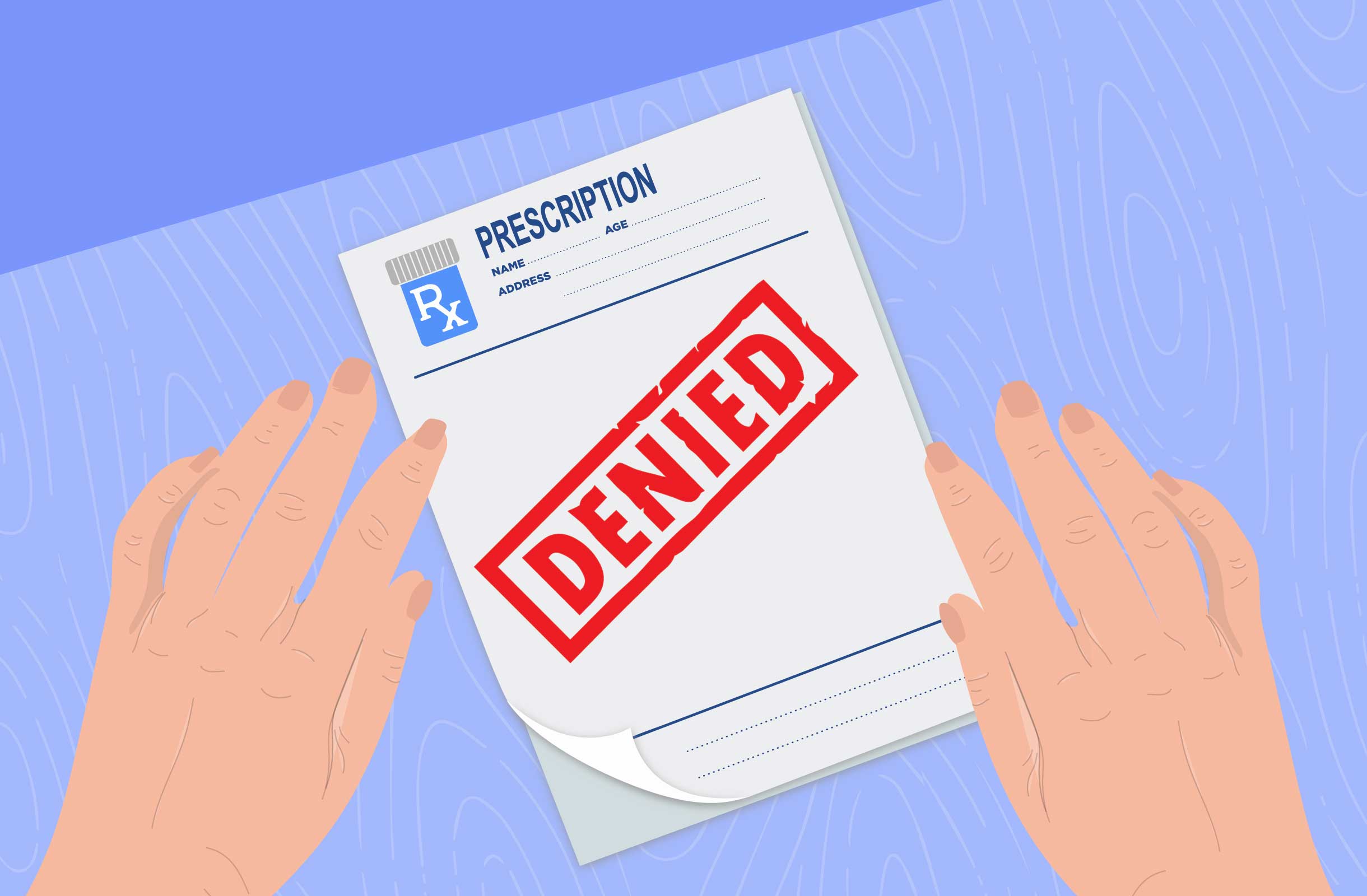Category: Health
-

Medical Association Unveils ‘Your Care is at Our Core,’ Emphasizing Personal Connection in Health Care
83% of Alabamians Agree: Doctor-Patient Relationship is ‘Central’ to Health A strong bond between doctors and patients leads to better health care, say Alabama doctors. A new awareness campaign launched by the Medical Association of the State of Alabama called “Your Care is at Our Core” reinforces this important message. A doctor-patient relationship based on…
-

Dr. Regina Benjamin: A Trailblazer in Medicine Honored with the Samuel Buford Word Award
In the realm of healthcare, the name Dr. Regina Benjamin resonates as a beacon of inspiration and change. As the first African American President of the Medical Association of the State of Alabama and the 18th Surgeon General of the United States, Dr. Benjamin’s illustrious career is marked by a profound commitment to service, advocacy,…
-

POTENTIAL PART 2 CHANGES ON THE HORIZON
by Lindsey Phillips with Burr & Forman, LLP On November 28, 2022 the Office for Civil Rights (“OCR”) at the United States Department of Health and Human Services (“HHS”) announced proposed changes to the regulations at 42 CFR Part 2 (“Part 2”). Part 2 protects the confidentiality of medical records related to treatment for substance…
-

Breaking Down the New Telehealth Law
Questions and answers to the new Telehealth Law that was sponsored by Sen. Dan Roberts and carried by Rep. Paul Lee in the House – ACT 2022 – 302. What is its purpose? The stated legislative intent of the law is to expand access to healthcare through the use of electronic devices and technology. It…
-

American Rescue Plan Offers $940 Million for Medicaid Expansion and Other Benefits for Healthcare
The American Rescue Plan Act of 2021, signed by President Biden on Thursday, includes a number of key provisions that strengthen both public and private health insurance coverage. Among its Medicaid and the Children’s Health Insurance Program (CHIP) provisions, the American Rescue Plan encourages states to finally take up the Medicaid expansion by offering even…
-

Reducing Physician Burnout Focus of New Study at UAB
BIRMINGHAM – A program to study and reduce physician burnout amongst residents will be introduced at the University of Alabama at Birmingham, along with three other hospitals around the nation. The five-year, $1.8 million grant is funded by the American Medical Association. UAB’s Tinsley Harrison Internal Medicine Residency Program shares the grant with Johns Hopkins…
-

Report: Overall Cancer Mortality Continues to Decline
The latest Annual Report to the Nation on the Status of Cancer finds that, for all cancer sites combined, cancer death rates continued to decline in men, women and children in the United States from 1999 to 2016. Overall cancer incidence rates, or rates of new cancers, decreased in men from 2008 to 2015, after…
-

New Study Inspires Researchers to Hit the Road
A new $21.4 million RURAL study will examine rural, southern U.S. communities to find out why people there have more disease, shorter lives. Traveling in a mobile examination van, researchers will examine 4,000 study participants over the course of six years in 10 rural counties across Kentucky, Alabama, Mississippi and Louisiana. Vasan Ramachandran, who leads the Framingham…
-

Can We Overhaul Our ‘Broken’ Health Data System?
COLUMBUS, Ohio – Our system for protecting health data in the United States is fundamentally broken, and we need a national effort to rethink how we safeguard this information, according to three experts in data privacy. “Data scandals are occurring on a regular basis, with no end in sight,” said Efthimios Parasidis, a co-author of…
